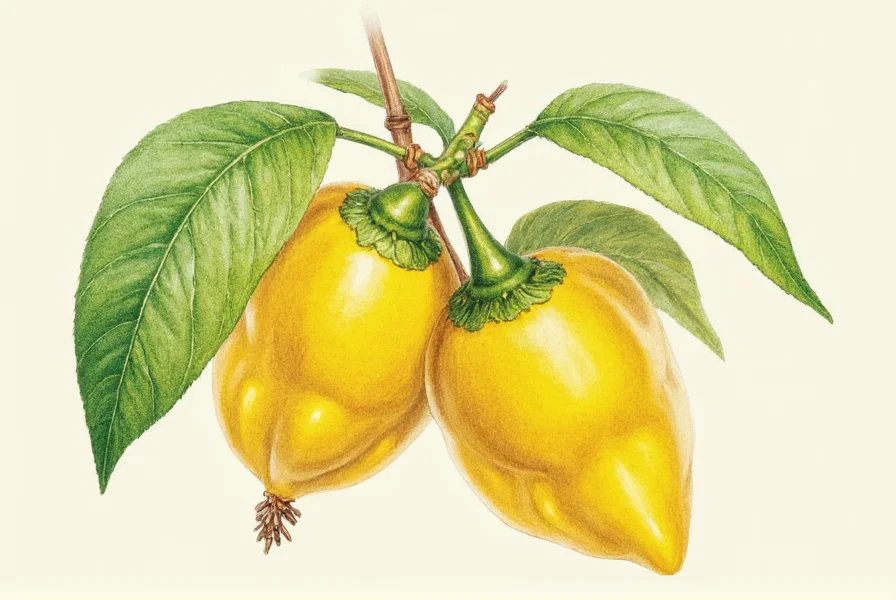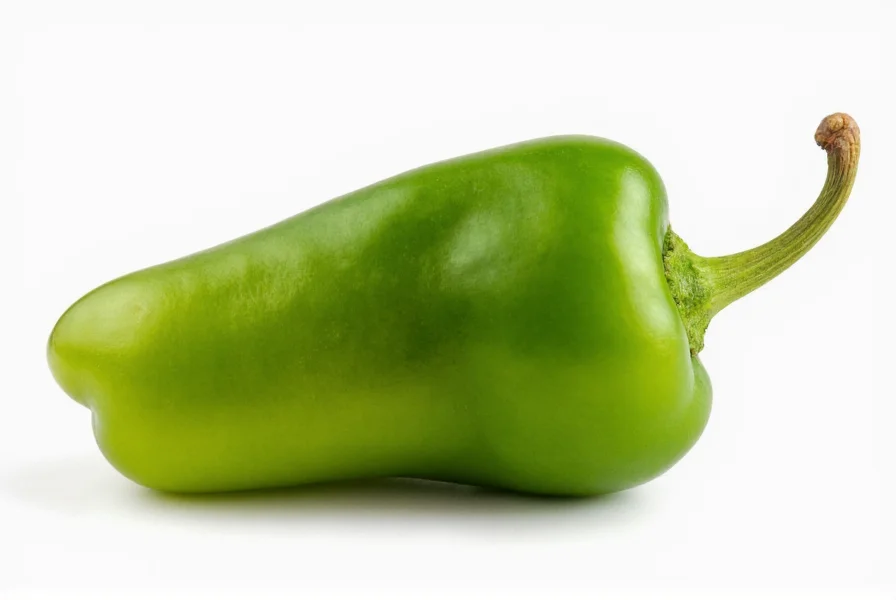Understanding whether pepper is a vegetable requires examining both botanical science and culinary traditions. This distinction creates one of the most common food classification misconceptions that chefs, nutritionists, and home cooks encounter regularly.
The Botanical Truth About Pepper Classification
From a strict botanical perspective, peppers—including bell peppers, chili peppers, and jalapeños—are unequivocally fruits. Botanists define fruits as the mature ovary of a flowering plant, typically containing seeds. Peppers develop from the fertilized flower of the Capsicum plant and house numerous seeds within their chambers, meeting the precise scientific definition of a fruit.
This botanical classification places peppers in the same category as tomatoes, cucumbers, squash, and eggplants—all commonly mistaken for vegetables in everyday cooking. The confusion stems from how we use these foods culinarily rather than their biological reality.
Culinary Classification vs. Scientific Reality
In the kitchen, peppers function as vegetables due to their flavor profile and culinary applications. Chefs and home cooks typically categorize ingredients based on:
- Taste profile (savory rather than sweet)
- Culinary usage (in salads, stir-fries, and main dishes rather than desserts)
- Cultural preparation methods
| Classification Type | Pepper Category | Reasoning |
|---|---|---|
| Botanical | Fruit | Develops from flower ovary and contains seeds |
| Culinary | Vegetable | Savory flavor profile and common usage in savory dishes |
| Nutritional | Vegetable | Nutrient profile aligns with vegetables in dietary guidelines |
Historical Context of the Pepper Classification Debate
The confusion between is pepper a vegetable or fruit gained legal recognition in the 1893 U.S. Supreme Court case Nix v. Hedden. The court ruled that tomatoes (and by extension, peppers) should be classified as vegetables for tariff purposes, despite their botanical classification as fruits. This legal decision reflected culinary usage rather than scientific accuracy.
This historical precedent continues to influence how we discuss peppers today. When examining why peppers are considered fruits not vegetables from a scientific standpoint, the evidence remains clear despite cultural and legal classifications.

Nutritional Profile of Peppers
Nutritionally, peppers align more closely with vegetables in dietary recommendations. A single bell pepper provides:
- 169% of the daily recommended vitamin C
- 15% of vitamin A needs
- Significant vitamin B6 and folate
- Only 31 calories per medium pepper
These nutritional characteristics explain why dietary guidelines like MyPlate categorize peppers with vegetables, despite their botanical classification. Understanding the scientific classification of chili peppers helps clarify this apparent contradiction between science and nutrition.
Common Misconceptions About Pepper Classification
Several factors contribute to the persistent belief that pepper is a vegetable:
- Savory flavor profile: Unlike sweet fruits, peppers lack significant sugar content
- Culinary usage: Rarely used in desserts or sweet applications
- Legal classifications: Historical court decisions treating them as vegetables
- Dietary guidelines: Government nutrition programs grouping them with vegetables
When exploring why are peppers considered fruits, the botanical evidence remains definitive. The pepper plant's reproductive cycle clearly demonstrates fruit development from flower to mature seed-bearing structure.
Practical Implications for Cooks and Consumers
Whether you're questioning pepper fruit vs vegetable status for dietary, culinary, or academic reasons, the distinction matters less in practical applications than understanding pepper characteristics:
- Store peppers in the vegetable drawer of your refrigerator
- Use them in savory dishes where their flavor profile works best
- Enjoy their nutritional benefits regardless of classification
- Understand that classification depends on context (botanical vs. culinary)
The key takeaway when considering is pepper a vegetable or fruit is recognizing that both classifications have validity depending on the context. Scientifically, peppers are fruits. In the kitchen and on our plates, they function as vegetables. This dual identity makes peppers a fascinating case study in food classification systems.











 浙公网安备
33010002000092号
浙公网安备
33010002000092号 浙B2-20120091-4
浙B2-20120091-4